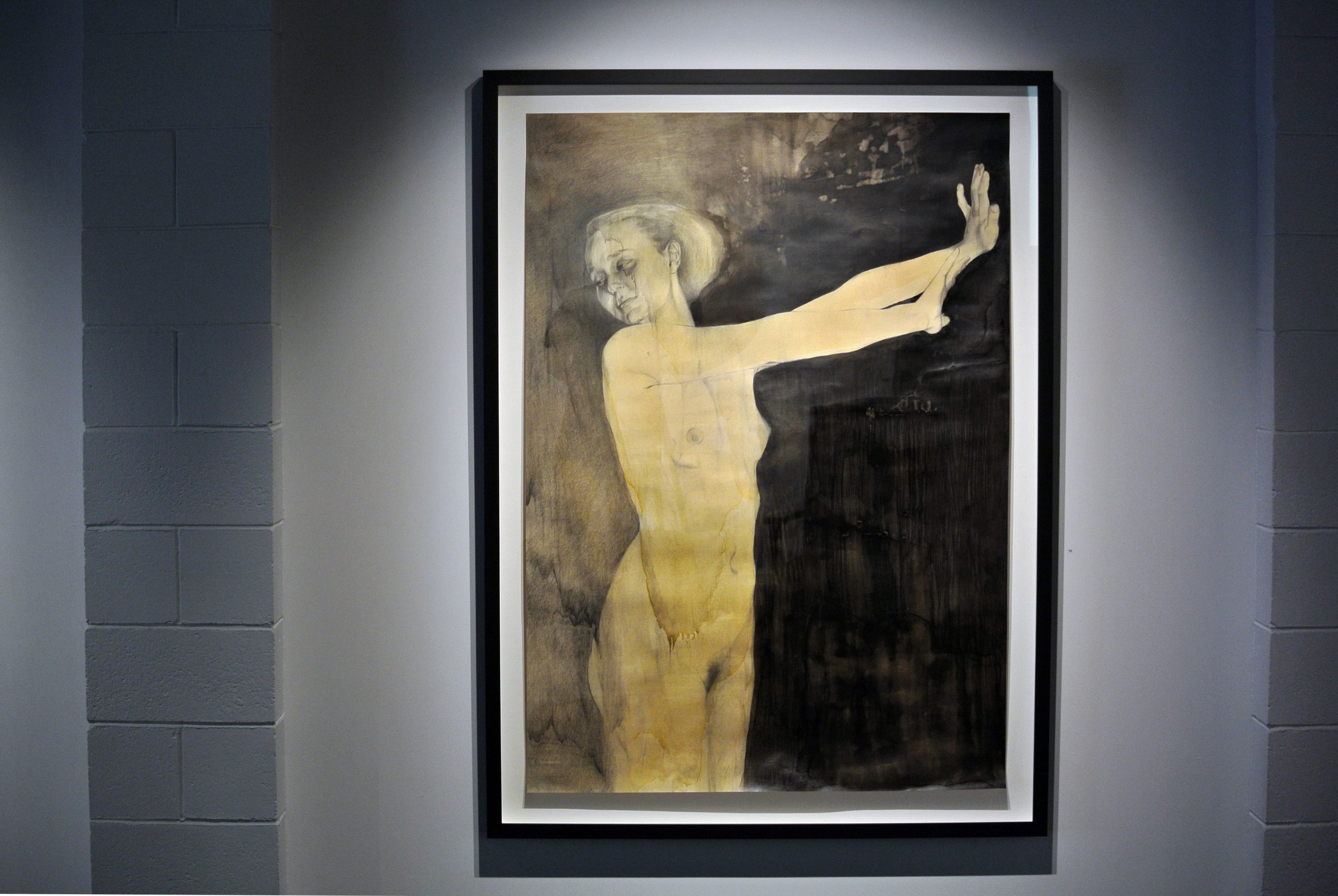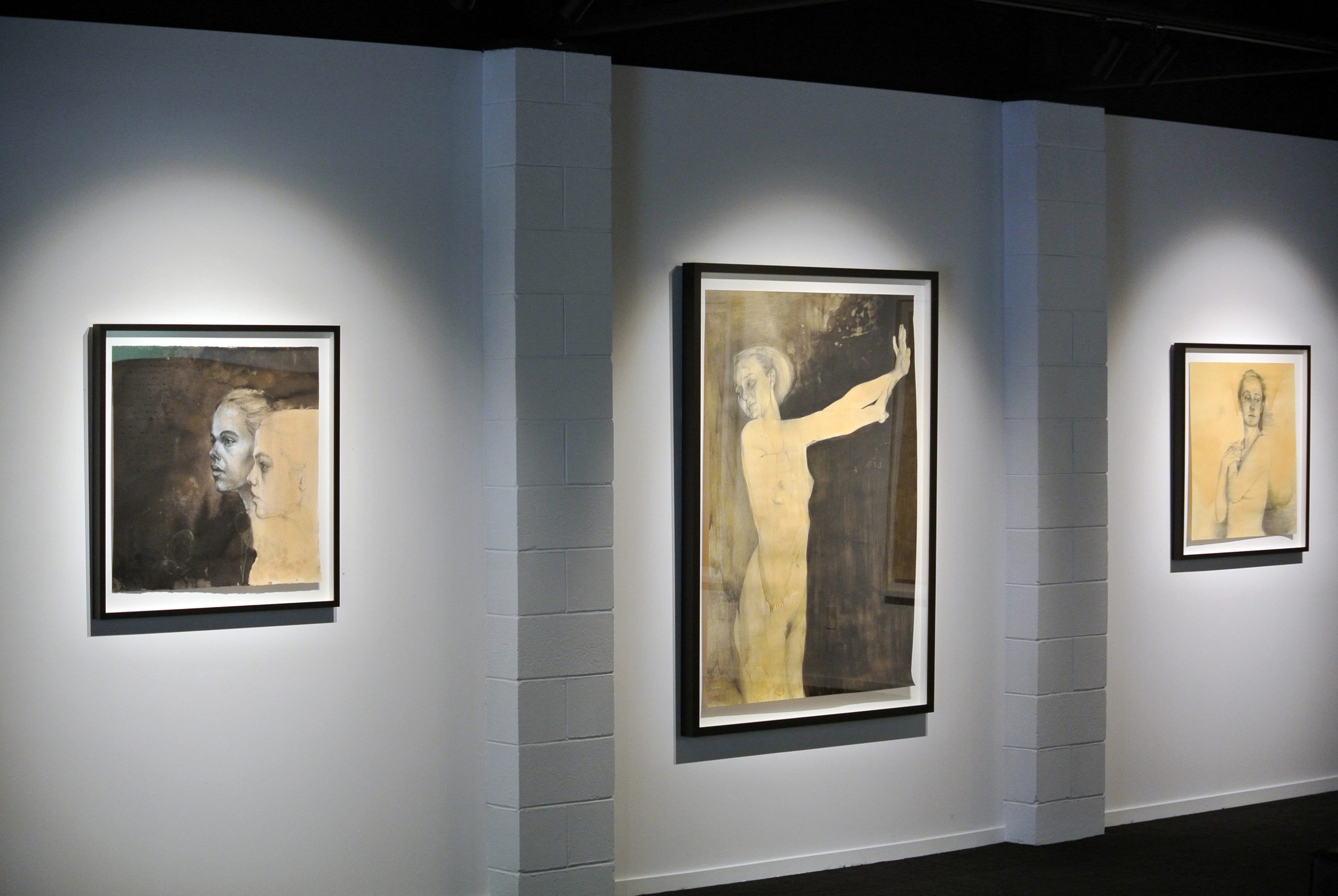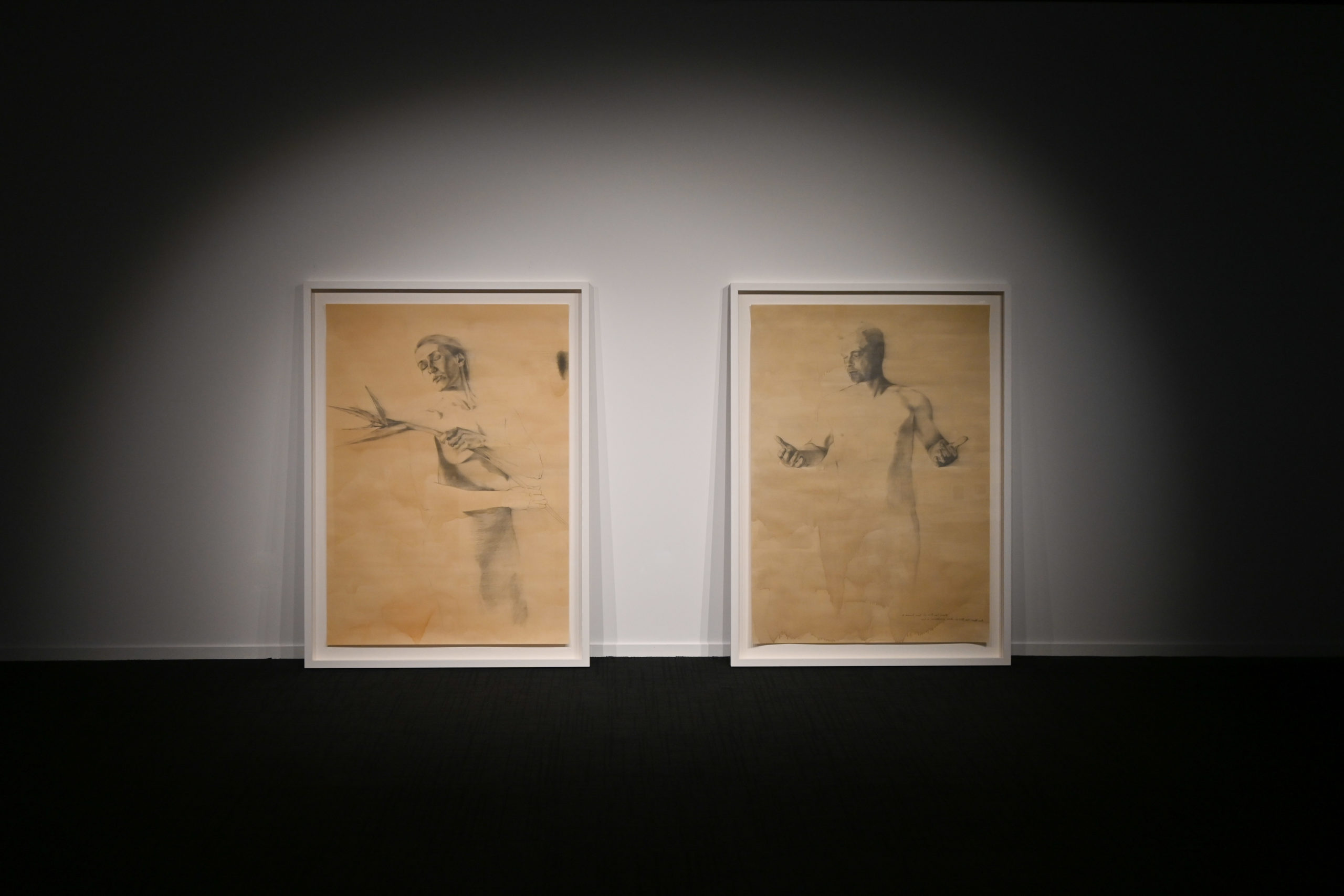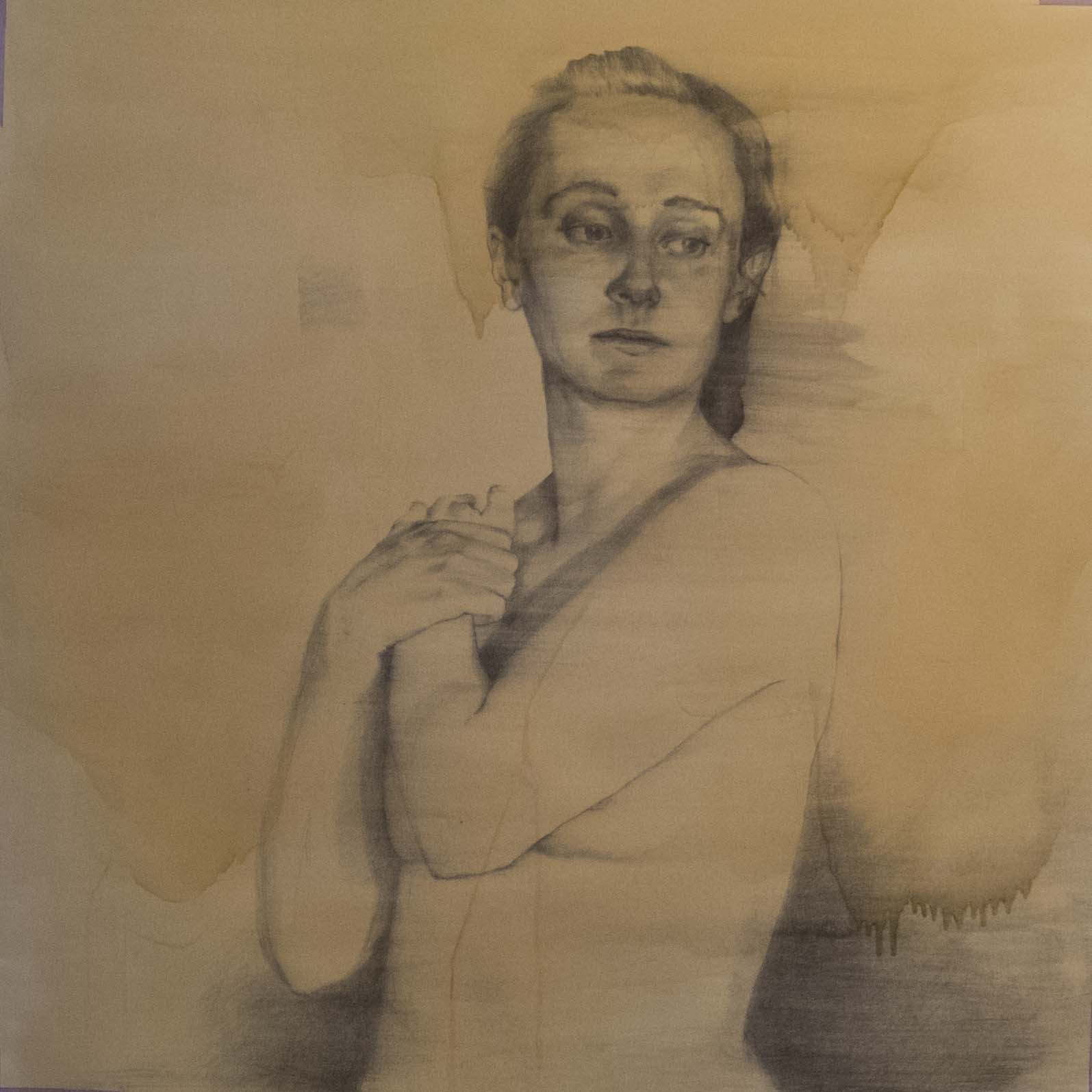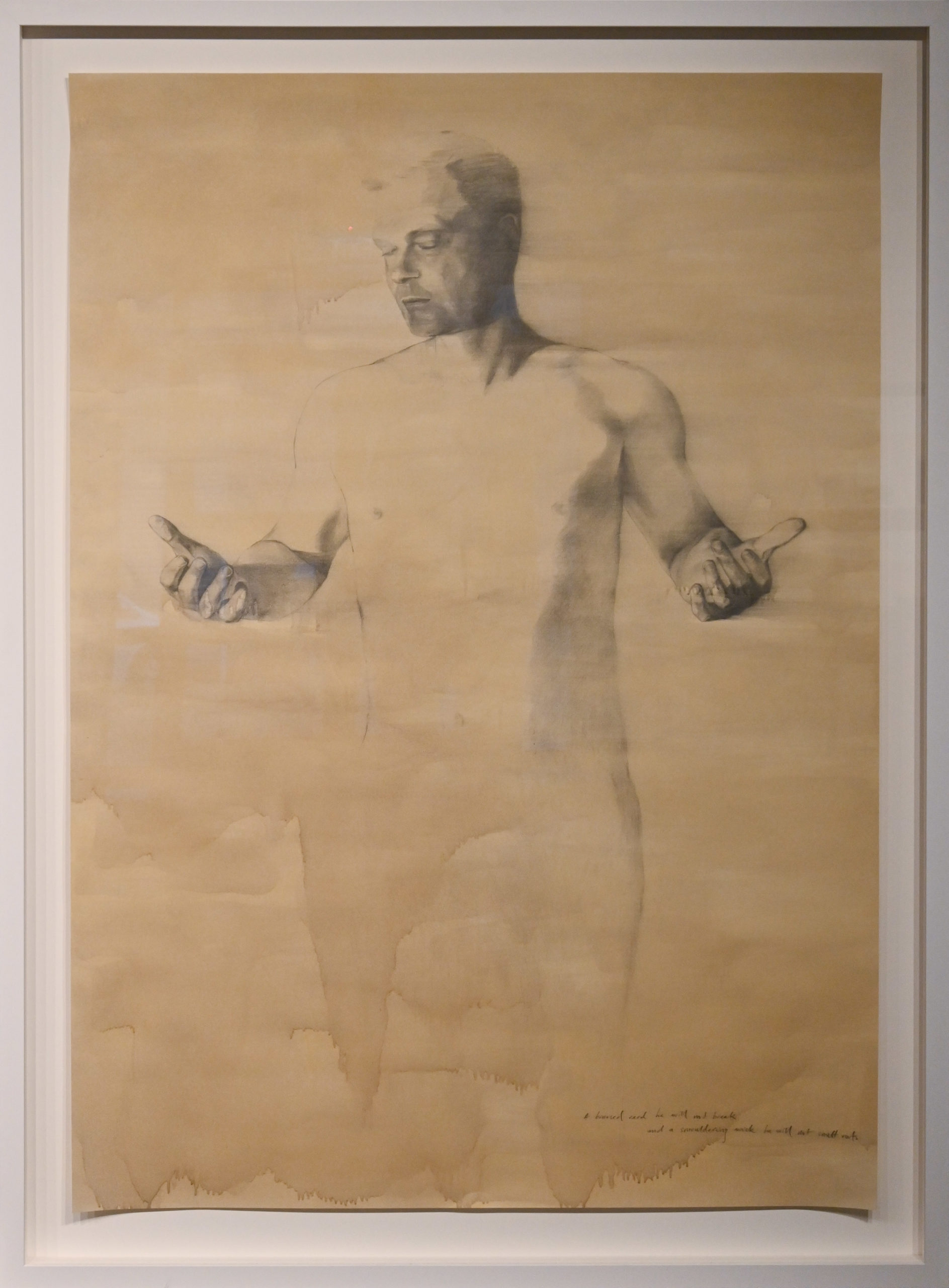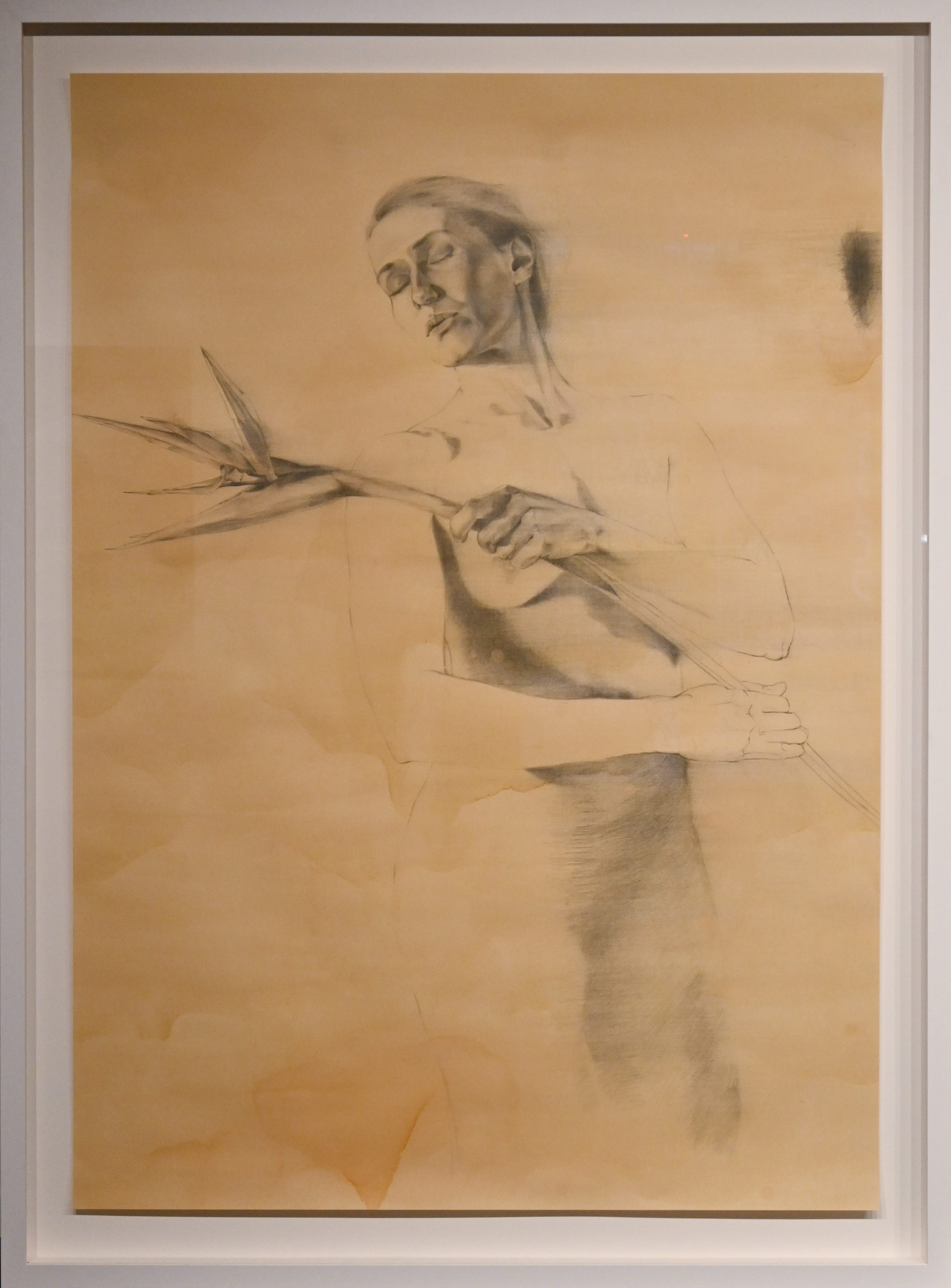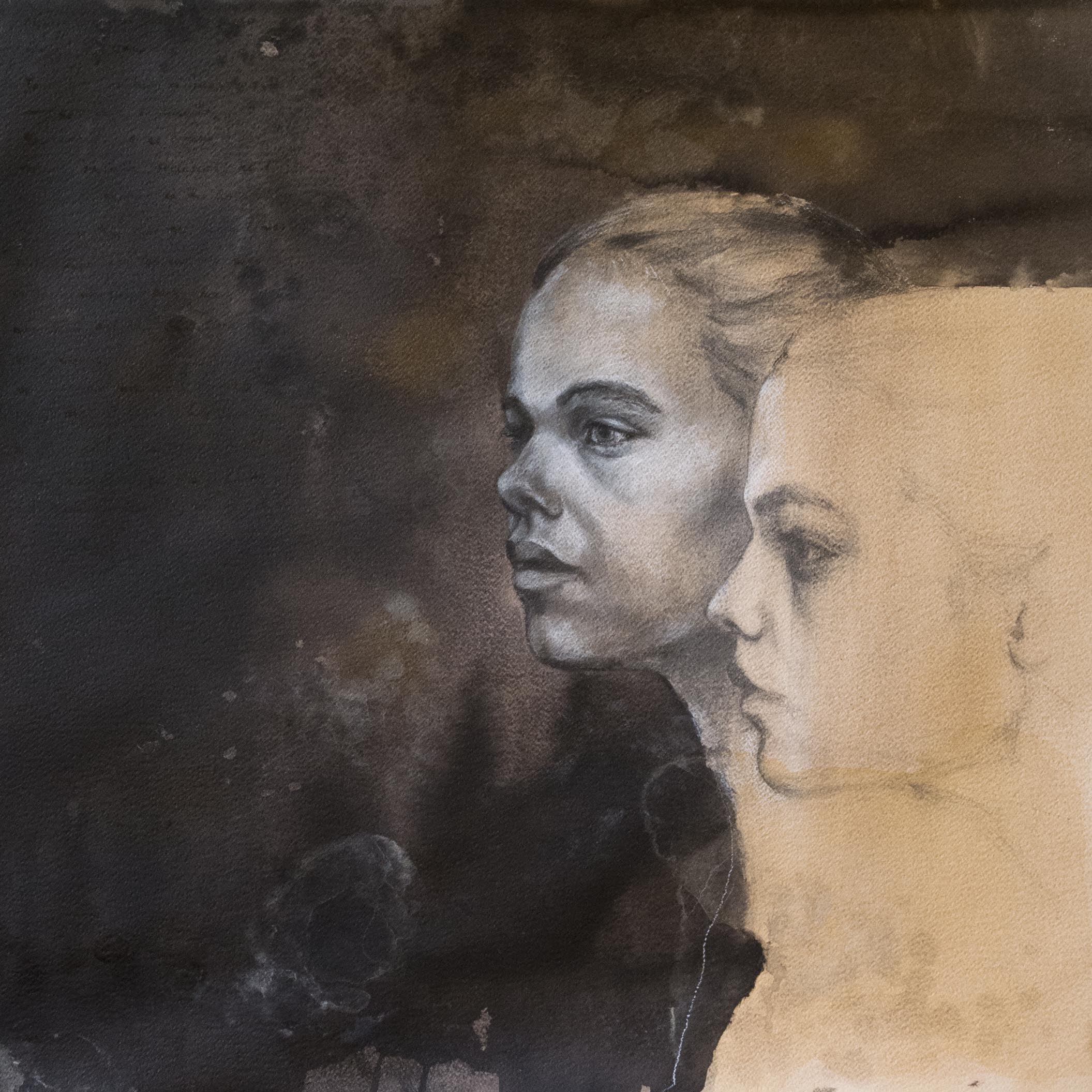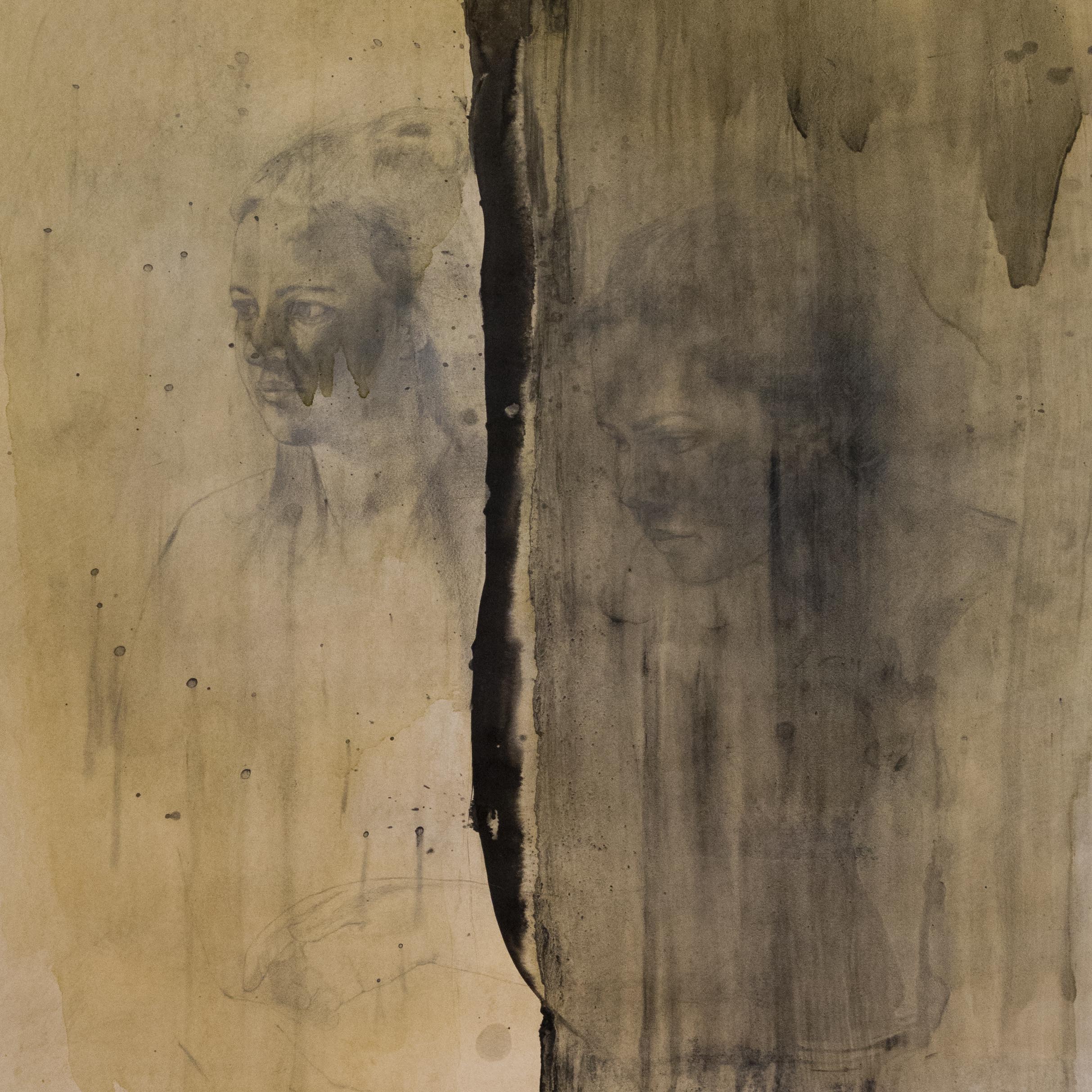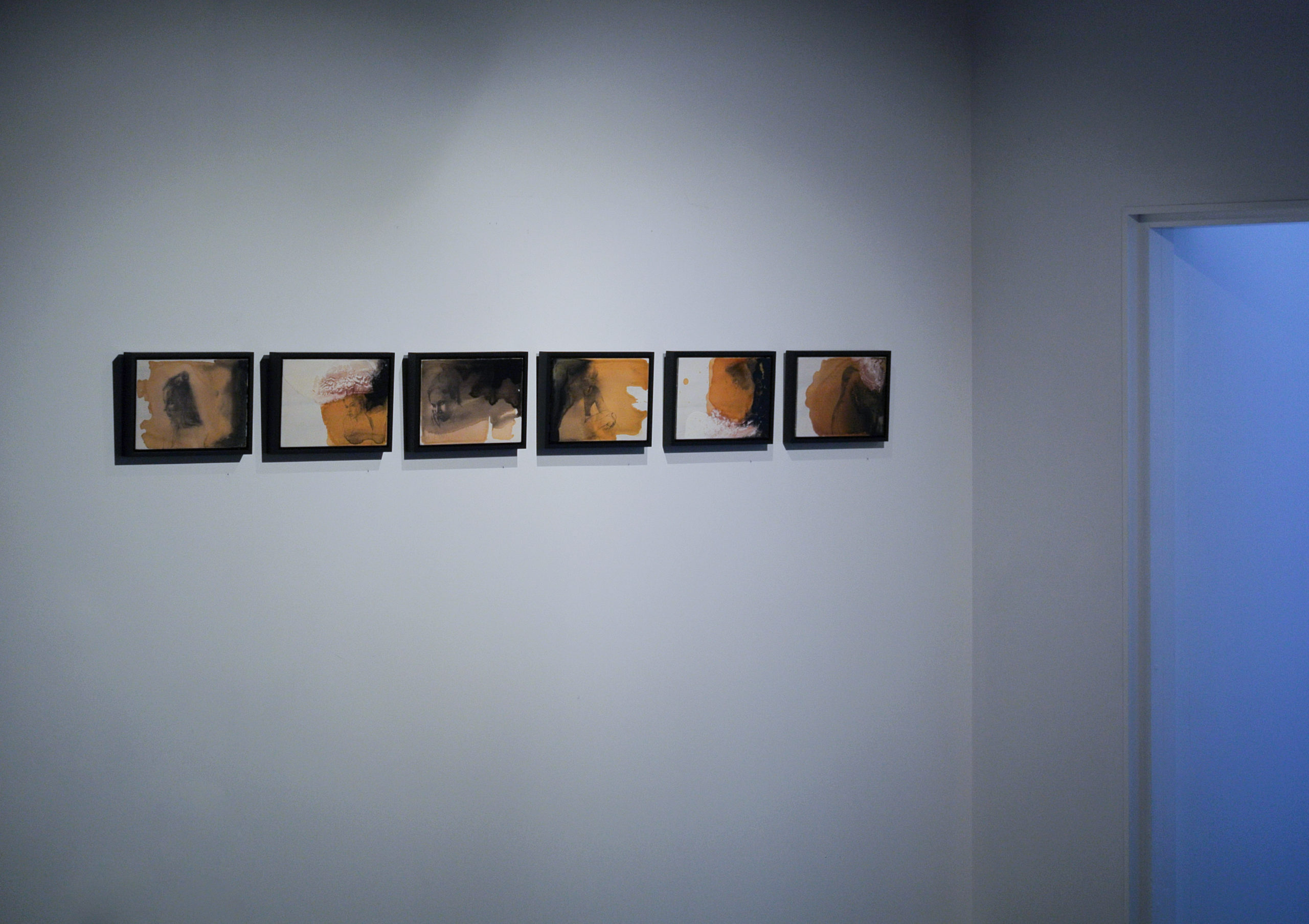Speculum Humanae Dei
2019
Speculum Humanae Dei, loosely translated as the Human Mirror of God, is a body of work that explores the vulnerability of human relationships and connectedness through large, metaphoric figurative drawings. This work seeks to draw attention to our need for mercy, compassion, and forgiveness in how we relate
to one another, and how at times, the clearest glimpse we may see of God is reflected through the humans around us.
The initial ideas behind this body of work began with a reflection on a parable, commonly known as the ‘Good Samaritan’. Within this parable, a simple and yet poignant point is made that forms part of the foundation of the Christian faith – that is, all of humanity is worthy of love irrespective of their beliefs, brokenness, or the decisions they make, and how we express that love to others, directly relates to our personal standing with God.
The Gospel of Luke, Chapter 10
And a certain lawyer [an expert in Mosaic Law] stood up to test Him, saying, “Teacher, what must I do to inherit eternal life?” Jesus said to him, “What is written in the Law? How do you read it?” And he replied, “You shall love the Lord your God with all your heart, and with all your soul, and with all your strength, and with all your mind; and your neighbor as yourself.” Jesus said to him, “You have answered correctly; do this habitually and you will live.” But he, wishing to justify and vindicate himself, asked Jesus, “And who is my neighbor?”
Jesus replied, “A man was going down from Jerusalem to Jericho, and he encountered robbers, who stripped him of his clothes [and belongings], beat him, and went their way [unconcerned], leaving him half dead. Now by coincidence a priest was going down that road, and when he saw him, he passed by on the other side. Likewise a Levite also came down to the place and saw him, and passed by on the other side [of the road]. But a Samaritan (foreigner), who was traveling, came upon him; and when he saw him, he was deeply moved with compassion [for him], and went to him and bandaged up his wounds, pouring oil and wine on them [to sooth and disinfect the injuries]; and he put him on his own pack-animal, and brought him to an inn and took care of him. On the next day he took out two denarii (two days’ wages) and gave them to the innkeeper, and said, ‘Take care of him; and whatever more you spend, I will repay you when I return.’ Which of these three do you think proved himself a neighbor to the man who encountered the robbers?” He answered, “The one who showed compassion and mercy to him.” Then Jesus said to him, “Go and do the same.”
The parable of the Good Samaritan makes clear that the one who has mercy and compassion toward another, is the one who truly is a real neighbour. This story reveals that displaying love and kindness toward another has nothing to do with whether one agrees with their lifestyle, decisions, or beliefs; the Samaritan was a foreigner and of a nationality despised by the local residents. Yet, the Samaritan was the example that Jesus used to describe what ‘loving your neighbour as yourself’ really looked like. In doing so he re- presented the very nature of God toward humanity.
This love has very little to do with a feeling, compatibility, or even understanding each other. It is love without a set of conditions that must be met. It is a decision to love despite whether the other is deemed worthy of loving, or whether they could even return love in any capacity. The choice to stop, stoop down, wrap another’s wounds and spend yourself on their behalf is a rare love. Whether the wounds are physical, psychological, or emotional is immaterial – the decision to actually ‘see’ that person and take action with mercy and compassion holds the power to change humankind. We all need this kind of love, we need to feel it and have it expressed toward us, just as much as we need to give it away to others. This is the image of love that we are to present to one another – a love that chooses you over me.
Strahan Coleman, a folk psalmist, expresses it this way –
Let Love Ache
Father, give me the courage to keep on loving when others keep on hurting; help me to live an achy love, a gritty, persistent and emptying love; a love that’s not afraid to flow toward the other who has little left to offer in return. And may I tread faithfully with heaven through the unfinished works that is surrounding me.
The works in this series explore these underpinning themes by asking the viewer to respond to images of other humans caught in the experience of different emotional and relational conditions. There is vulnerability and resilience, solitude and connectedness, heaviness and lightness. Some stand holding to a promise of faithfulness, while others learn to let go and release what they cannot hold. This work references the study of the human form and classical academic drawing, yet, are held unresolved and unfinished, just as we are – works in progress. The high level accuracy and observation melt away as glazes of shellac wash the surface, turning the controlled into the uncontrolled.
This body of work mirrors us and our humanity – and in seeing and responding to one another with mercy and compassion, we in return also reflect the divine.
Return to WORK page
